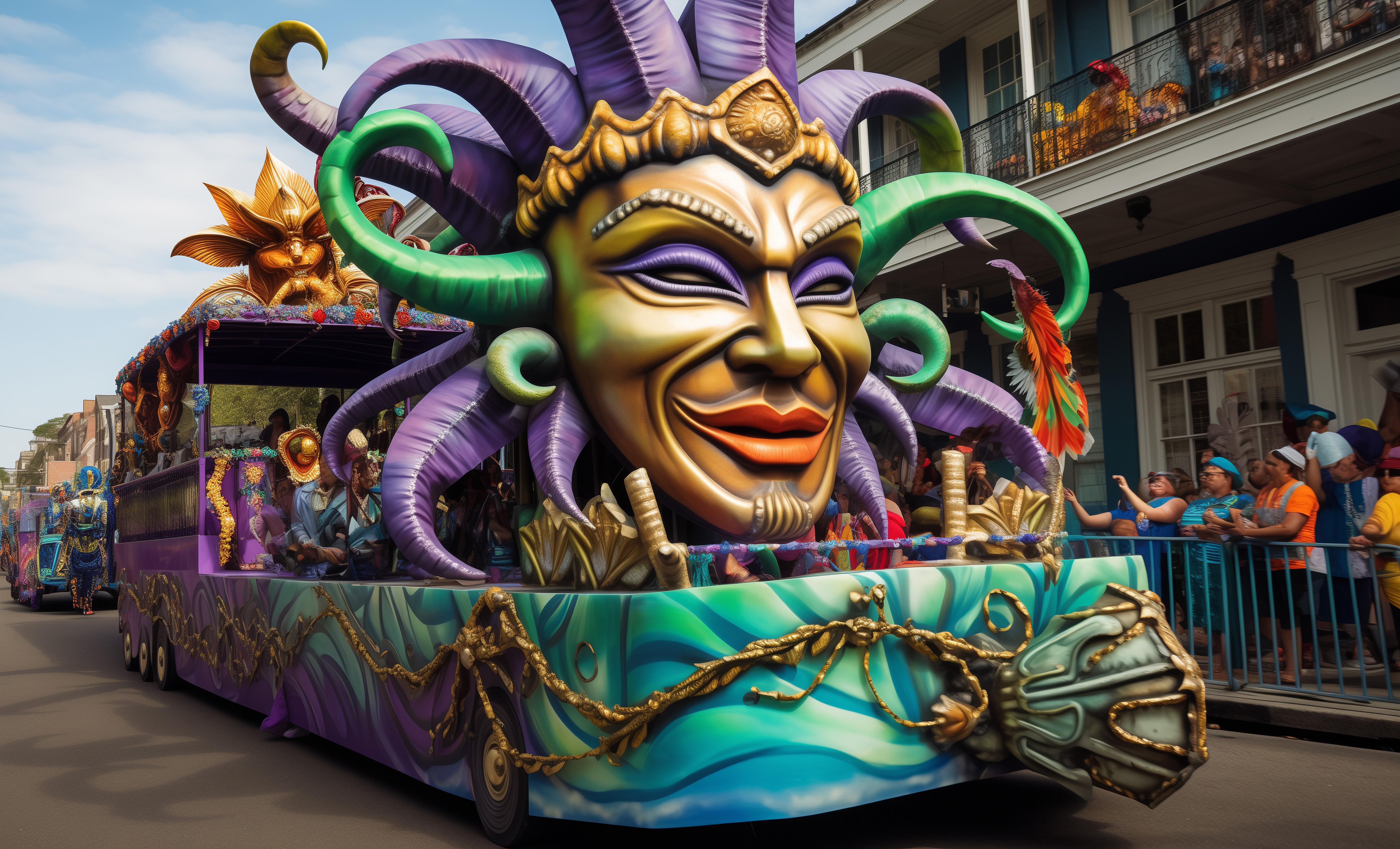
4 minute read
LECHON HOLOGRAMS: Reimagining Philippine Fiestas in a Smart World
Words by Aljhelyn Piador
Can we transform our Pearl of the Orient Seas into a hub of tech-savvy innovation?
No need to brave Cubao bus lines or melt under the summer sun just to join the fiesta because the spirit of celebration might just find its way into your sala. Every summer, Filipino towns burst like confetti with color, music, and the irresistible smell of kakanin in the air. There’s the thunder of Ati-Atihan drums, the beaming faces behind Masskara masks, and the glorious, golden lechon that proudly ignores your diet. Then comes Santacruzan, where Filipinas glide in elegant white gowns like it’s a holy runway show, parading beneath flower-covered arches like queens. Turns out, even fiestas like these aren’t safe from a tech upgrade. Slowly, things like holograms, AI, and digital booths are sneaking their way into our celebrations. It’s still the same lively energy; just with a few extra gadgets. Think of it as tradition... with better Wi-Fi.

Holograms: Almost Real
Let’s start with holograms. Once a sci-fi fantasy, they’re now used in real-world applications from bringing back music legends to helping train doctors. Companies like Proto and Looking Glass are creating interactive, life-sized holograms you can actually talk to. Here in the Philippines, we’ve already had a taste of this. ABS-CBN’s “Idol Philippines” used holographic visuals on stage. Schools like Ateneo and DLSU are exploring AR tech in education. And science centers like The Mind Museum have been blending interactivity and storytelling for years. It’s a sign that we’re ready for even bolder experiences.
Now, imagine this: you could even have a holographic display in your home, where you can select different fiestas to experience. Want to see the Pahiyas Festival? Just select it on your device, and suddenly, your living room is filled with virtual kiping decorations and a parade of holographic carabaos.
How about this: You walk into a barangay hall, and instead of the usual tarp banners and folding chairs, you’re greeted by a holographic Sto. Niño floating midair. Dancers in digital baro’t saya twirl to the beat of kulintang, and yes—the lechon is there, rotating slowly, narrated by a 3D Manong who spills his family’s cooking secrets. It’s festive, fun, future-forward and eco-friendly, too. No printed tarps to discard, no plastic decor to clean up — just immersive visuals that celebrate tradition while caring for the planet.
Holograms aren’t just for show; they can preserve culture, too. Imagine a 360-degree walkthrough of the Biag ni Lam-ang or holographic teachers bringing Jose Rizal and Gabriela Silang to life in the classroom. Indigenous folktales could be archived with native elders recorded in high-res 3D. Even traditional crafts, like weaving or tattooing, could be taught by holographic masters to a new generation. Of course, we need to think about making this technology accessible. Not everyone has a high-speed internet connection or the latest devices. We’ll need community hubs and public access points to make sure no one is left behind.
Barangays could start their own “holo-time capsules”— preserving songs, dances, and faces of each generation. Sidewalk karaoke? Now upgraded with a virtual duet partner. This could raise questions about authenticity, though. Can a hologram truly capture the spirit of a live performance? It’s a conversation we need to have.

Of course, nothing beats the real thing. The chaotic energy of live fiestas — from the rain-soaked or sunburned processions to the late-night karaoke marathons — is unmatched. But in times of global challenges, from pandemics to climate shifts, tech offers us ways to adapt, connect, and continue traditions instead of pausing them. Let’s imagine a future where tech companies and cultural organizations collaborate to create these experiences.
We may not have Silicon Valley’s skyscrapers, but we have kubo corners and karinderya tables where big ideas are born. In every barangay, creativity sparks and community powers invention. Filipino creatives are flipping the script, using tech not just to catch up, but to stand out, loud and proud.
Because innovation isn’t about erasing tradition. It’s about amplifying it. Making it louder, brighter, and more accessible than ever before.
So the next time you long for the spirit of fiesta season, don’t just reminisce—reimagine. Fire up that hologram lechon and move to the digital drums of Ati-Atihan. The way we celebrate may change, but the heart of the fiesta remains joyful, generous, and undeniably Filipino.
Now, can we transform our Pearl of the Orient Seas into a hub of tech-savvy innovation? Why not? After all, even a kwintas ng perlas can sparkle brighter with a bit of code, creativity, and cultural pride.



